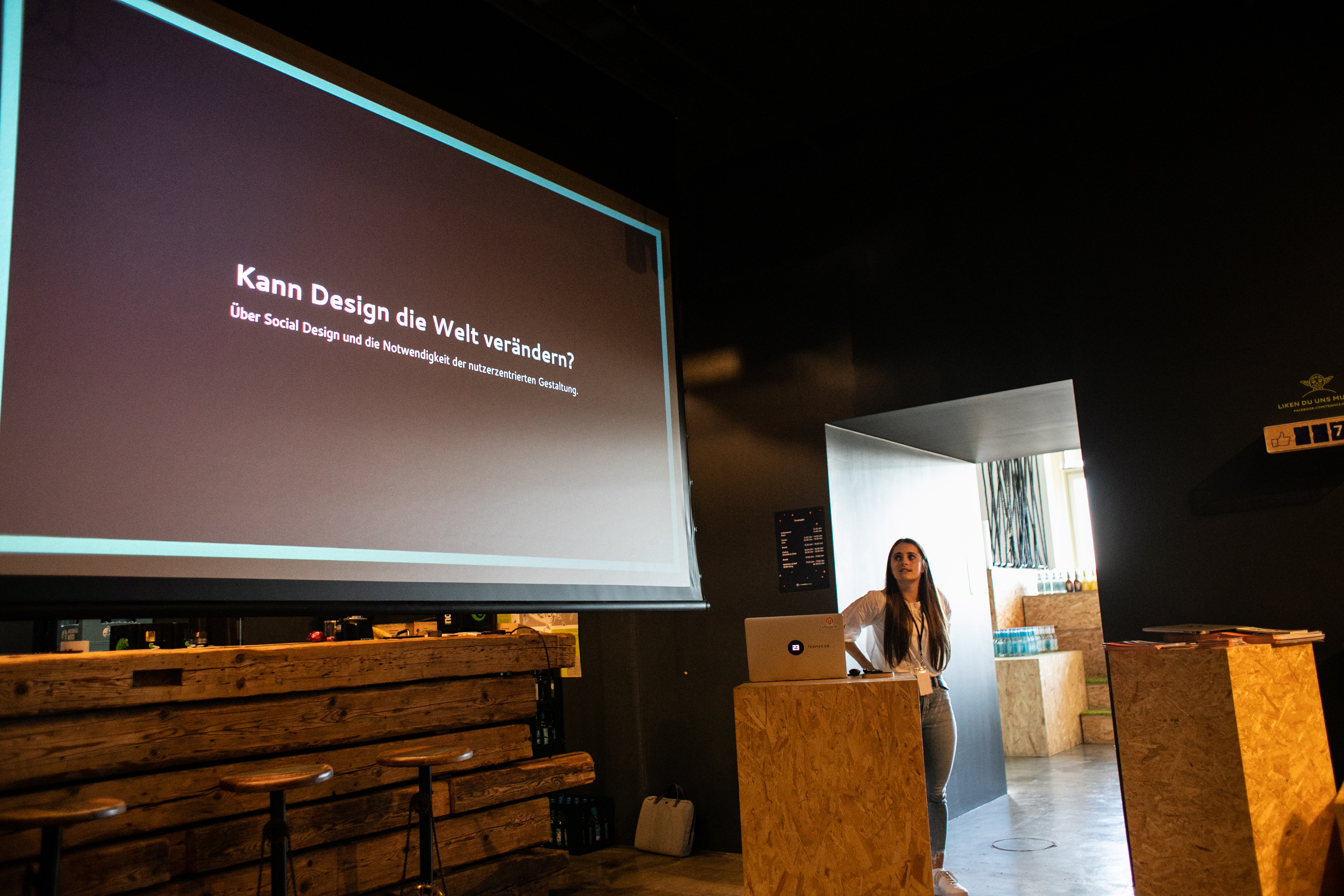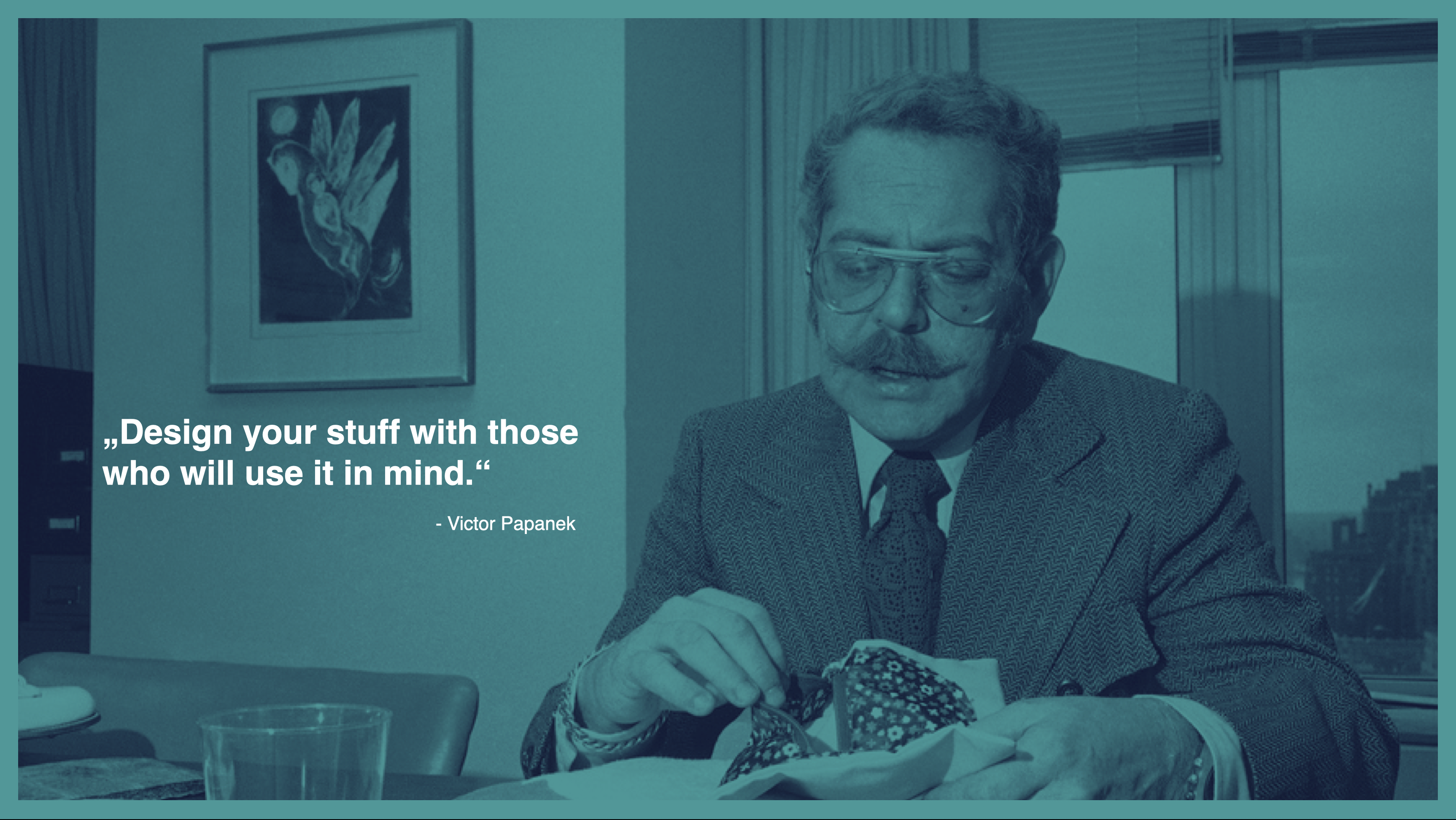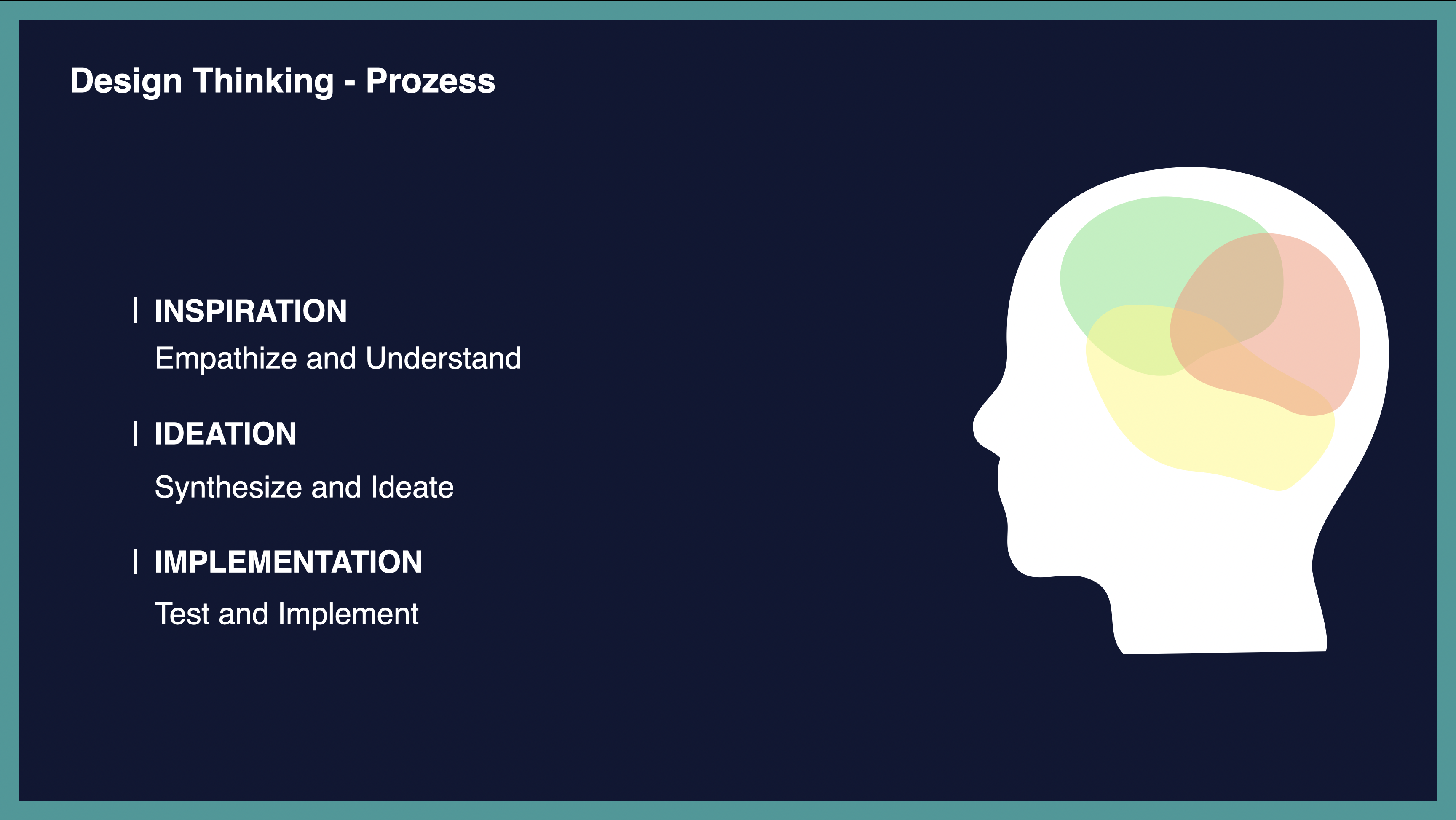In November 2019, the World Usability Day took place for the first time in Augsburg at TEAM23. The WUD is the global day of action for usable products and forges a worldwide bond between research, industry, education, administration and users.
Coordinated by the national associations of usability and user experience professionals, the German UPA acts as the point of contact for all German-speaking WUDs. Annually, the events in the various locations in Germany, Austria and Switzerland attract more than 5000 participants.
Designing the future we want
In 2019, the theme „Designing the future we want“ was all about the role of a designer and what impact we as designers can have on world-changing issues such as sustainability.
Design nowadays is no longer seen as just „making something beautiful“, it is seen as a tool, it has a use and an added value. During my semester abroad in Denmark, I was able to gain experience in social design. I addressed the question of what tasks we have to face in order to better design the future and thus change our world in a positive way.
Talk Structure
Sustainable Development Goals
Viktor Papanek – Designer
Design Thinking Idea
Social Design


What's Social Design?
The origins of social and ecological design were laid by, among others, a designer from the 1960s, Viktor Papanek. He turned to design more as a social obligation than a commercial or industrial one. He argues for social justice and sustainability – issues that are more relevant than ever in today’s design.
Social design stands for participatory design, developing something together with users that brings a solution that helps everyone and is sustainable, involving the design expertise of designers.
The "Design Thinking" Approach
Design thinking is a process of creative problem solving that includes the three criteria „desirability“, „feasibility“ and „viability“. It combines what is desirable from a human perspective with what is technologically feasible and economically viable.
By starting with people, their hopes, fears and needs, we quickly discover what is most desirable. However, the solutions must be implementable and financially viable at the same time. A balancing act that is absolutely critical to developing sustainable and successful solutions. This is where Social Design comes in, because the user is involved in the entire process, from idea to implementation.

